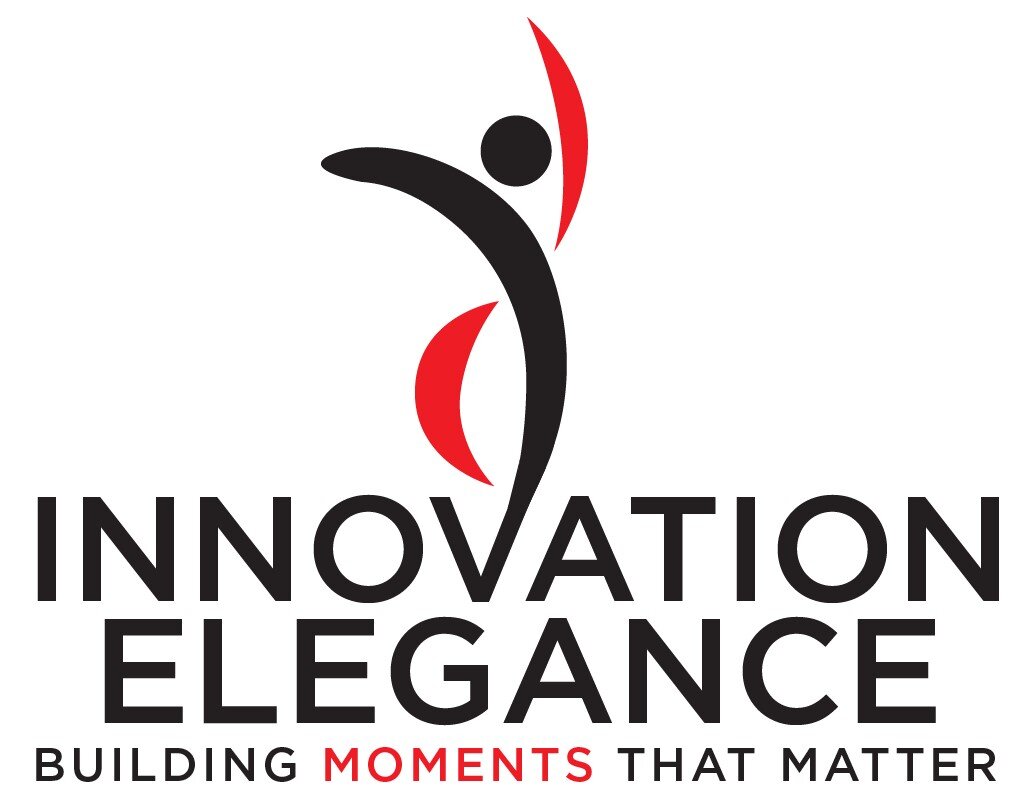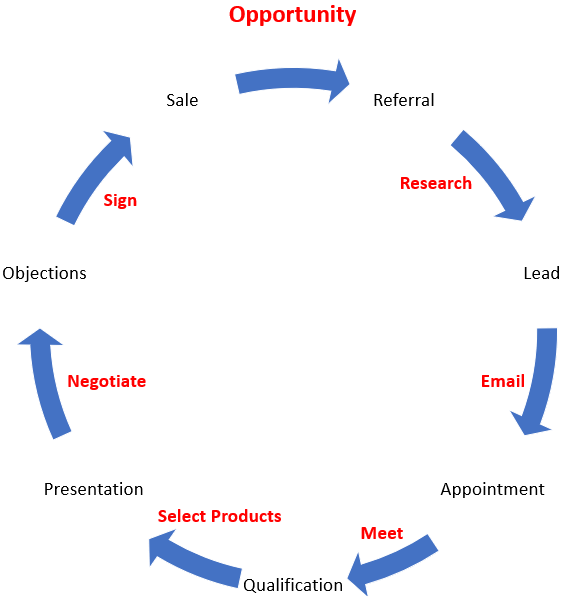Object Model
The first Future State asset in the Elegance methodology is the Object Model (OM). As the foundation for all other Future State assets, to keep downstream assets elegant, the OM must be simple. One goal of the asset is to keep the Customer Experience and the Employee Experience simple. Without an OM, the combination of manual and automated processes erode into complexity, a spaghetti process, and laborious upkeep. Traditionally, an OM is heavily software-focused. What this methodology presents is a simplified, less software-oriented approach commingled with what many engineers know as a “sequential state diagram.” This OM aims to define governance of a human-centered experience — the journey of a customer, the lifecycle of a stakeholder.
An OM has prerequisites, all among Current State assets: Actor Inventory, Customer Experience Hierarchy, Current State Process Flows, and Use Case Inventory; i.e. you must know who participates, what they are participating in, and have clarity on the sub-optimal process detail in order to know how the Future State will be different.
A simplified object model consists of four things: nouns, states, events, and verbs.
Nouns might be things that the actors use (objects), or they may be the actors themselves
States describe the noun while it spends some length of time in a particular phase of the whole lifecycle
Events are triggers that move the object from one state to another
Verbs describe the suite of valid actions that actors might perform upon objects or other actors
Your business inevitably contains numerous things that have a lifecycle, so your projects inevitably require multiple object models. Here is a single example of a sales opportunity (noun).
A sales opportunity might evolve through stages of Referral, Lead, Appointment, Qualification, Presentation, Objections, Sale.
For this example, events and verbs might coincide to include: Research, Email, Meet, Select Products, Negotiate, Sign.
A mindful Object Model is a great foundation to build clarity, simplicity, and a sense of motion and lifecycle in your Customer Experience. When you fully leverage all the relevant upstream assets and keep in mind the immediate downstream assets as you build the OM, you stay on a path for simplicity, discipline, and Elegance.
Upstream Assets: Actor Inventory, Customer Experience Hierarchy, Current State Process Flows, and Use Case Inventory
Downstream Assets: Future State Scripts, User Story Detail


